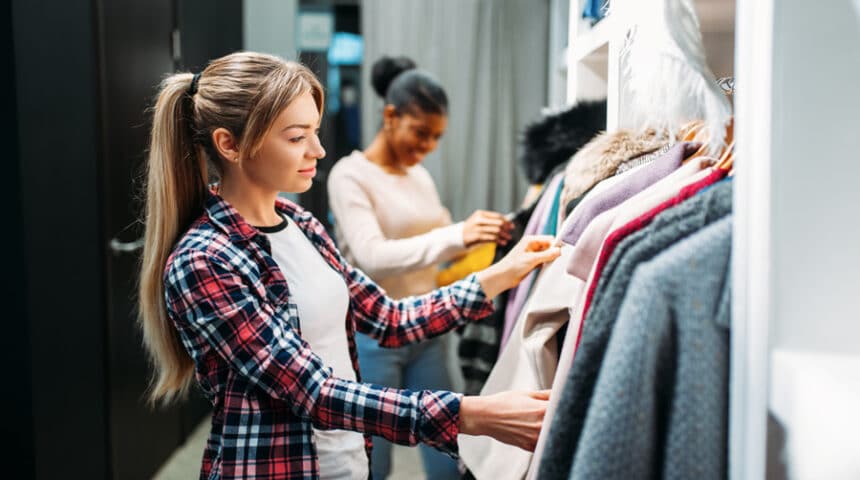
How the Designer Fashion Industry Impacts the Environment
The apparel industry contributes to global pollution more than you may think. Did you know the fashion industry is the second biggest polluter behind oil? The distribution and production of crops, garments and fibers that the fashion industry makes use of, and endangers the environment. They cause soil, air and water pollution.
Check Out These Quick Facts:
- The amount of greenhouse gases produced from driving a car 80 miles is the same for making a pair of jeans.
- Polyester production consumes approximately 70 million barrels of oil yearly.
- The average person can survive on 2700 liters of water for 30 months, that’s 2.5 years. Believe it or not, this equals the amount of water required to produce a cotton shirt.
- To create wood-based fabrics like viscose, modal, or rayon, you have to cut down 70 million trees.
What Happens to Un-recycled and Discarded Clothing?
Did you know that we recycle or donate only 15% of our clothing? For most people, the used clothes end up in the trash. Shockingly, there’s a garbage truck full of clothes ending up in a landfill every second. Now, imagine the environmental impact of the non-biodegradable material like plastic fibers, and polyesters. Non-biodegradable man made items need 200 years to decompose. That’s 2 to 3 generations.
As a Fashionista, What Can You do?
First, start to make shopping decisions that are good for the environment. For instance, you can choose to buy organic clothes made of wool, cotton, silk, and liner rather than their synthetic counterparts. Yes, you need to ditch the spandex, polyester and rayon dresses. Secondly, try to repeat your wears beyond the national average of seven. You can decide to patronize brands that are environmentally conscious. In recent times, more companies are trending toward sustainable fashion options. You can do your research.
Also, you can try to rent your wardrobe. With rentals, fashionistas can wear new clothes and be part of the sustainability project. Taking it a step further, you can join the second-hand movement.
According to Global Data, second-hand retailers are growing 21 times faster than the other retail market, dating back three years. So, it is safe to say that secondhand lifestyle is the new “it” thing. The major drivers for the secondhand wave are the Millennial’s and Gen Z who are embracing the secondhand market. Also, platforms like eBay, ThredUp and Poshmark help distribute used clothing as well.
If you are a secondhand apparel retailer and seeking ways to stand out, you should consider two things. They are;
- What does today’s conscious consumer really want?
- Where do they like to get what they want?
Into the Mind of the Secondhand Shopper
Beyond the consumer’s desire for variety, sustainability and affordability, what could be driving the resale trend? Below are some possible reasons to consider;
- Ease of Use: It is so easy to shop for clothes both new or used thanks to personalization and apps. A whole generation of secondhand shoppers can hardly resist a cool app that works well.
- Access to New Styles Constantly: One of the cool pecks of secondhand items is the fact that it grants the shopper access to new styles and brands. Looking stylish or posing for Instagram feels seamless.
- The Conscious Consumer: Knowing that buying a used dress drops the material carbon footprint by 82%; a conscious consumer that cares about the environment is likely to buy the used item. Also, people are shifting their taste to patronize environmentally-friendly companies. The fact that secondhand clothes reduce waste.
- Incredible Value: With second-hand products, shoppers get the opportunity to own materials that would typically be outside their price range. Experienced 2nd hand shoppers create beautiful outfits!
Top Selling Secondhand Items
- Backpacks, handbags, large totes, and satchels.
- Denim materials of jackets, jeans and skirts.
- Footwear like sneakers, wedges and over-the-knee boots.
- Watches from reputable brands.
- Leather jackets and puffer coats.
Written by Thompson | Edited by Danny Danmole’
